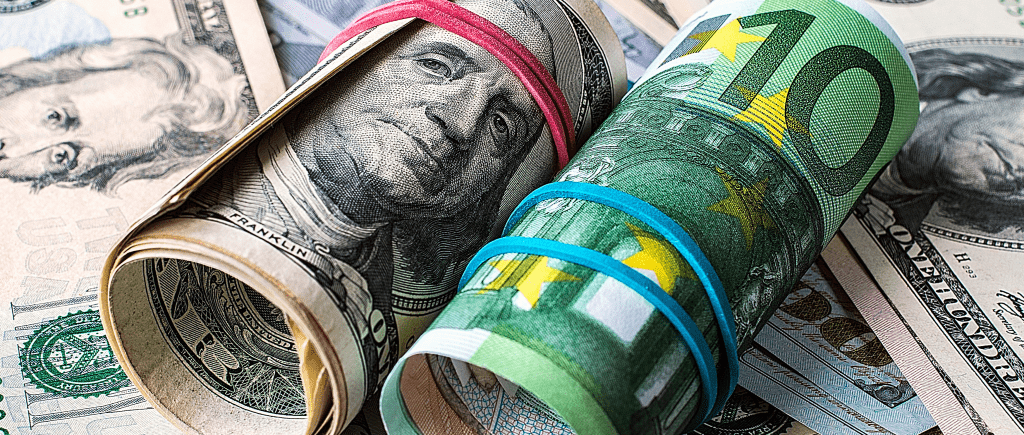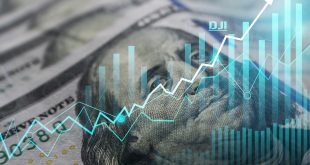The EUR/USD bears stay the course and continue to eye a test of 1.04 the figure. The US dollar has climbed to score fresh bull cycle highs ahead of the Fed.
At 1.0448, the Euro is still trailing to the US dollar by some 0.65% despite the recent bid in mid-day New York trade. The pair corrected from a low of 1.0418 but fell from a high of 1.0520 at the start of the week. The safe-haven dollar has gained to new two-decade highs versus major rival currencies as measured by the DXY index. The US dollar index (DXY), which measures the currency against six major peers including the yen, ticked as high as 105.065, the highest level since December 2002.
The US consumer price index increased a bigger-than-expected 8.6% last month, the largest year-on-year increase since December 1981, data showed on Friday, so investors hopeful that inflation has peaked were disappointed. This has left investors on alert that the Federal Reserve may tighten policy for too long and cause a sharp economic slowdown.
Fears of a global economic slowdown and bets on steep interest rate hikes by the Fed which have weighed on risk sentiment, sending stocks lower and bond yields higher on the back of red-hot inflation. The 10-year US Treasury yield has climbed to a fresh high of 3.354%, putting it in line with late April 2022 levels.
The moves come as traders are starting to ramp up bets that the Federal Reserve will potentially hike interest rates by 75 basis points on Wednesday. However, the last two months of wage data have been showing signs of slowing, which could be a factor that persuades the Fed to stick to a 50bps tightening path. Markets currently price 80% odds of a half-point increase and 20% odds for 75 basis points, (FEDBETS).
Some banks are raising their Fed calls for a 75 bp move, one for as early as this week. Looking ahead, the swaps market is now pricing in a terminal rate near 4.0%, a new high and up from around 3.0% at the start of this month. This was the risk if inflation were to remain persistent and that’s what markets are seeing.
The 2-year differential between the US and Germany has recovered to 210 bp after falling to 197 bp last week, the lowest since the end of February. The European Central Bank has been more hawkish of late and it intends to end QE by 1 July and hike policy rates by 25bp in connection with the July meeting, according to its latest statement released last week. The door for hiking by 50bp in September has been left ajar also and will be a strong possibility if the medium-term inflation outlook persists or deteriorates.
The ECB is expected to hike by 25bp in July, 50bp in September and 25bp on each of the following meetings until March 2023 when the hiking cycle is likely to end, in our view. We see risks as skewed towards more 50bp rate hikes.
The momentum is strong in the US dollar which is driving the euro to the edge of the abyss, mitigating longer-term price imbalances along the way.
However, there are prospects of a bullish correction in the M formation’s last bearish leg which exposes the 38.2% Fibonacci area near 1.0550. From a 1-hour perspective, however, the price action and structure remain bearish while below the 78.6% Fibo and the market is in the throes of a fresh bearish impulse towards 1.04 the figure following a failed correction.

 Noor Trends News, Technical Analysis, Educational Tools and Recommendations
Noor Trends News, Technical Analysis, Educational Tools and Recommendations




